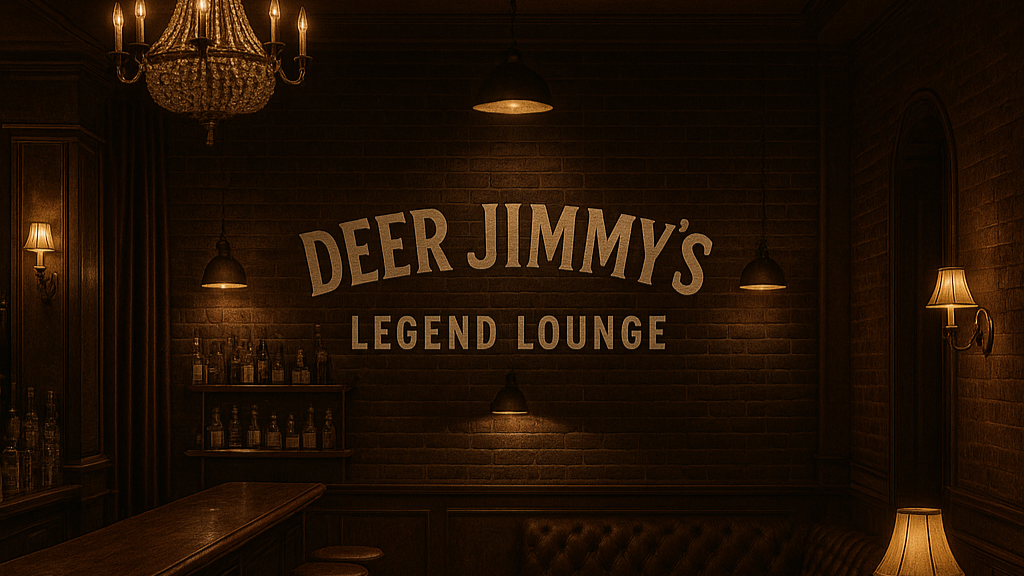Was tun, wenn eine Charge schiefgeht?
Nicht jeder Guss ist ein Meisterwerk
Eines muss klar sein: Nicht jede Charge ist ein Gewinner. Und das ist okay. DIY-Reifung ist teils Kunst, teils Wissenschaft – und teils Überraschung. Manchmal zieht das Holz zu stark. Manchmal verträgt sich die Basisspirituose nicht gut. Und manchmal … schmeckt es einfach fad, bitter oder komisch. Das ist kein Versagen. Das ist Geschmackserziehung.
Erstens: Keine Panik – Geschmack
Ihr Instinkt sagt Ihnen vielleicht, dass Sie es abschreiben möchten. Aber bevor Sie es in den Abfluss schütten, halten Sie inne. Probieren Sie es in Ruhe. Was stimmt nicht? Ist es zu tanninhaltig? Zu holzig? Zu schwach? Zu eigenartig? Wenn Sie verstehen, was schiefgelaufen ist, können Sie es beim nächsten Mal besser machen. Wenn es streng schmeckt, ist es vielleicht zu lange gereift. Wenn es nach nichts schmeckt, hat es vielleicht mehr Zeit gebraucht. Jede „schlechte“ Charge ist eine Blaupause.
Versuchen Sie dann, es zu speichern
Bitterkeit? Ein Spritzer Wasser und ein Tag Ruhe können die Schärfe mildern. Zu intensiv? Mischen Sie es mit einer milderen Mischung, um ein Gleichgewicht zu schaffen. Zu schwach? Geben Sie es zurück auf frische Chips und geben Sie ihm eine zweite Chance. Sie sind nicht festgelegt. Einer der Vorteile der kleinen Reifezeit ist, dass Sie während des Spiels Anpassungen vornehmen oder nachträglich mischen können.
Oder verwenden Sie es einfach neu
Vielleicht wird es nie ein Schnaps zum Nippen sein – aber das heißt nicht, dass es nutzlos ist. Verwenden Sie es in Cocktails. Mischen Sie es in eine Soße. Verfeinern Sie es mit einer frischen Zutat und lassen Sie es erneut reifen. Im schlimmsten Fall? Es wird zu einer Flasche, in der Sie Freunden erklären, was sie nicht tun sollen. Trotzdem ist es Teil Ihrer Reise.
Fehlerhaft, aber nicht vergessen
Jeder große Mixer, Destillateur und Barkeeper hat schon einmal etwas kreiert, das ihm nicht gefiel. Was sie großartig macht, ist, dass sie daraus gelernt haben – und immer weitergemacht haben. Bewahren Sie die Flasche also auf. Beschriften Sie sie. Merken Sie sie sich. Und lächeln Sie, denn Sie wissen, dass Sie beim nächsten Mal etwas noch Besseres machen werden. Denn Legenden entstehen nicht durch Perfektion – sie entstehen durch Lektionen.









